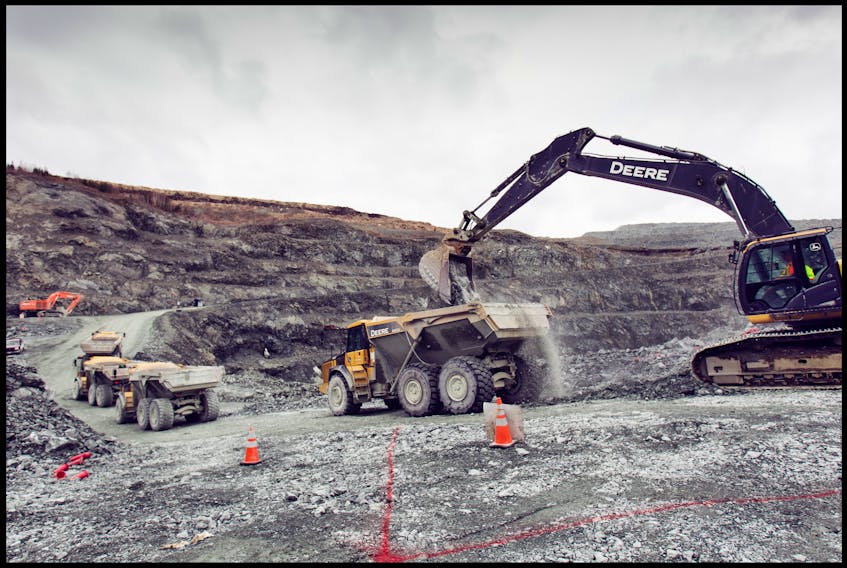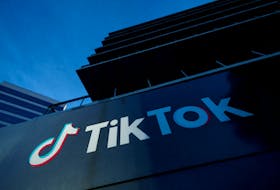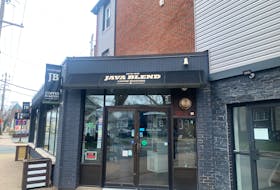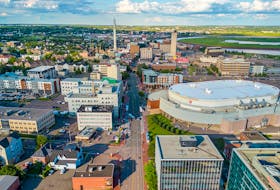
Anaconda Mining may be a major employer in the Bay Verte region and a valued economic contributor in the province, but on the global mining stage they’re a small-scale producer.
As such, the company has a track record for being resourceful and innovative in its efforts to grow, both at its mine sites and in the ledger books.
The company has used drones, GPS technology, implemented an automation program, and last year started selling mining waste rock as a commercial aggregate product. They’ve also started research and development into narrow band mining and how to repurpose tailings for potential fertilizer enhancers.
“Through the implementation of several research and development projects in recent years, we have found unique ways to reduce waste, reduce our environmental footprint, improve productivity and increase gold production,” said Dustin Angelo, Anaconda’s CEO and president.
Now the company is set to embark on a collaborative research and development project with the College of the North Atlantic in an effort to improve resource grade determination and control at its Point Rousse Project on the Ming’s Bight Peninsula.
Currently, ore comes out of the ground with considerable waste rock, which thereby limits how much revenue-generating gold they can mine at the Pine Cove mill. This project is aimed at eliminating more of the waste before it even comes out of the ground.
“If we can do that in the mine versus in the mill, then we can take more rock that actually has gold in it to the mill and we'll be using our capacity more efficiently,” Angelo told reporters following a press conference announcing the partnership.
Related stories
Touring Anaconda Mining operation on Baie Verte Peninsula
Anaconda Mining hoping to see annual gold production surpass 100,000 ounces
For the CNA, it will increase its research capacity by implementing a series of research projects conducted by students in the chemical process engineering technology co-op program.
“CNA is excited that this project will also provide our students, graduates, and faculty with additional training opportunities, ideal experiential learning, hands on experience, as well as research and analytical skills that can be applied to other aspects of their personal and professional development,” said CNA’s Trudy Barnes, vice president international, contract training and continuing education.
The project will also make use of the post-secondary school’s laser induced breakdown spectrometer facility, the same technology used on NASA’s Curiosity rover on Mars and the only one of its kind in Atlantic Canada.
“We're thrilled to be using this space age technology in this partnership as it will be innovative while at the same time its practical applications will rapidly determine mineral grade, but can be used as a sensor in ore sorting,” Barnes said.
“Ultimately, we want our contributions to be impactful for our partners on both the bottom line and the environment, as well as demonstrating economic and social development. This project exemplifies these efforts.”
Eight students will also have the chance to engage in a work 12-week work term with Anaconda, learning skills around sample collection and analysis to help better determine where the ore is, thus making it easier to isolate and extract.
The partnership is made possible by a handful of funders. Anaconda itself is investing $90,000 along with $102,5000 in in-kind and the Natural Sciences and Engineering Research Council of Canada (NSERC) had contributed $225,000 through its college and community innovation program’s applied research and development grants.
The provincial government, through the Department of Tourism, Culture and Innovation, has chipped in $250,000.
“Being able to identify where we can collaborate with CNA, bring in applied research and development and to work with a company to help them find ways in which they can be more competitive is the right thing for government to do and it will help us create more jobs and grow our economy,” suggested Minister Christopher Mitchelmore.
The project could also enhance Anaconda’s operations at its mine site in Goldboro, N.S., a high-grade but narrow vein underground deposit located in Isaac’s Harbour about 180 kilometres northeast of Halifax.
“In that case, being able to bring up the ore and leave the waste behind is a little more critical because the probability of dilution is a lot higher,” explained Angelo.
“If we can employ some of these techniques that we can ultimately discover, with Goldboro we'll be able to utilize them in a greater fashion.”
Twitter: kennoliver









